Paris-Roubaix trophy: the most coveted cobble in cycling
The Paris-Roubaix trophy is the one piece of road that professional cyclists most want to own
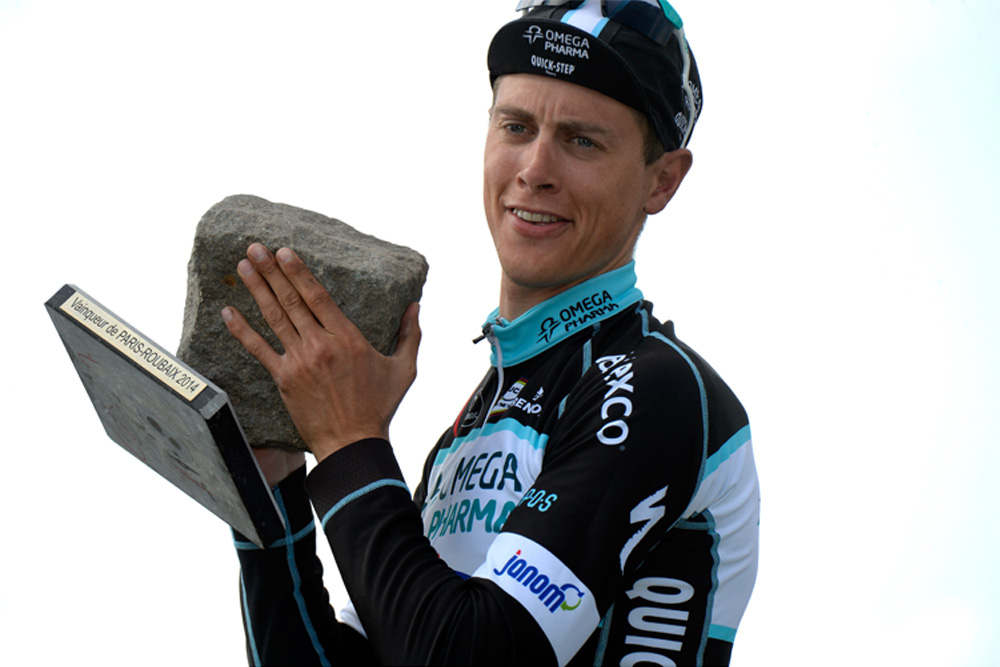
Niki Terpstra with his 2014 winner's trophy. Photo: Graham Watson
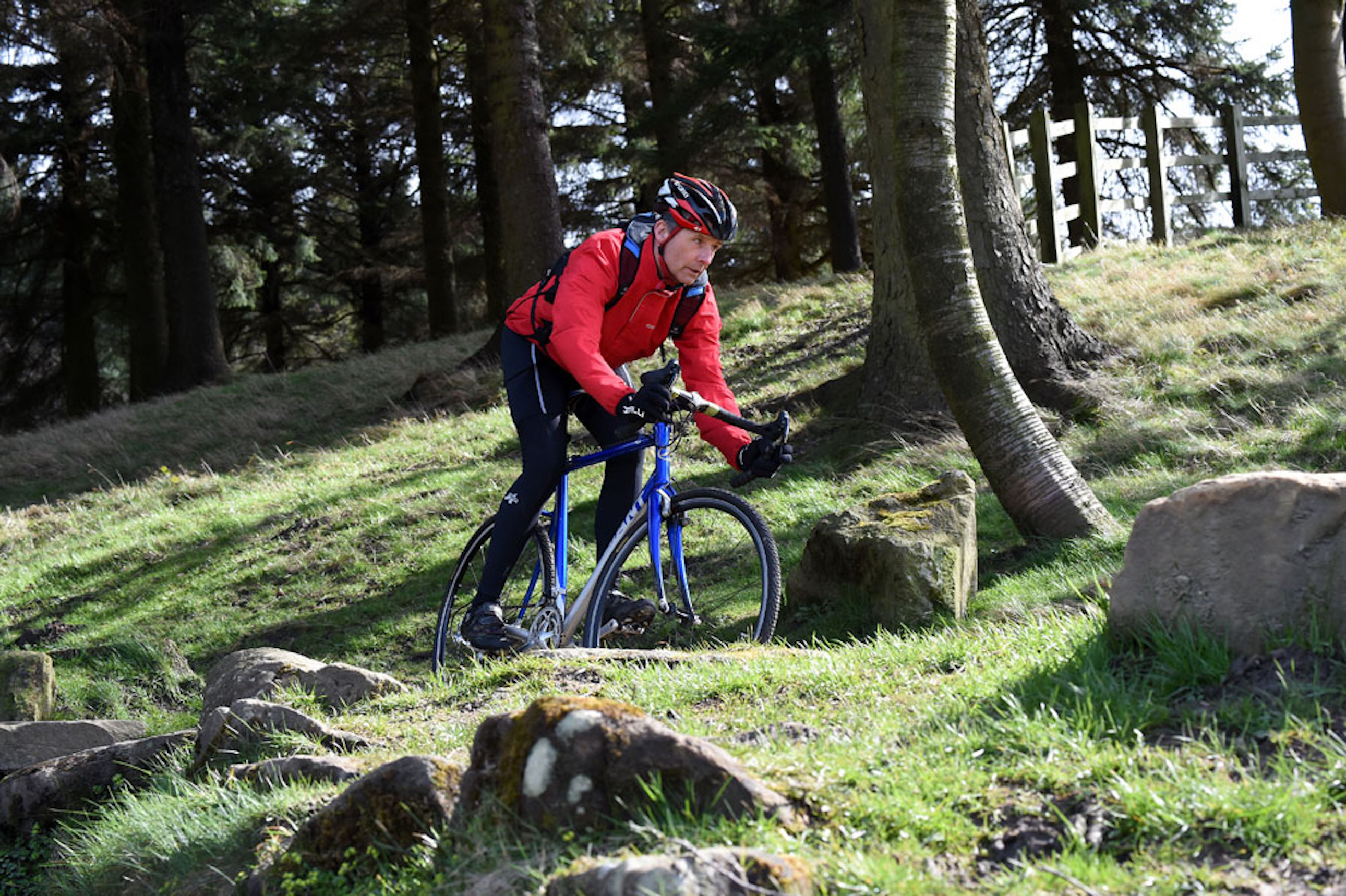
Is there a rock more prized than this? Since 1977 the winner of Paris-Roubaix has been awarded a rough, granite cube on a polished stone plinth. It’s a granite sett, a cobblestone, the sort of stone used to pave roads before concrete and tarmac. Roads like those preserved in Northern France, and used for the annual battle across the infamous ‘Hell of the North’.
>>> Paris-Roubaix route designed to attract Tour de France hopefuls
Cobbled roads were part of the first Paris-Roubaix in 1896 because almost every road in Europe was cobbled then. But as time passed, the cobbled roads remained in Northern France. This was largely due to coal mining in the area — the cobbled roads may be rough, but they are very tough and hard-wearing, so suited to the heavy transport used.
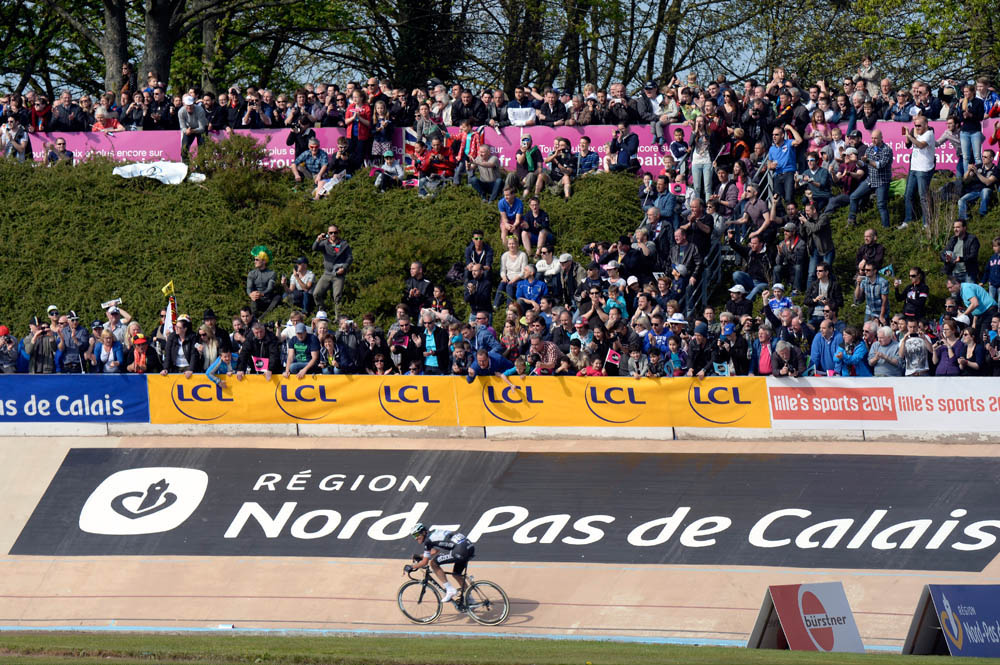
Over the years the cobbles, or ‘pavé’, came to define Paris-Roubaix. And they are its unique feature still. As mining dwindled during the 1960s, cobbles were replaced by smoother surfaces on main roads, forcing the race to switch to the back lanes to find the sections that are used today. They are preserved by a society called Les Amis de Paris-Roubaix, who work with volunteers and local authorities, spending around 15,000 euros every year to ensure that the cobbles are safe but still demanding.
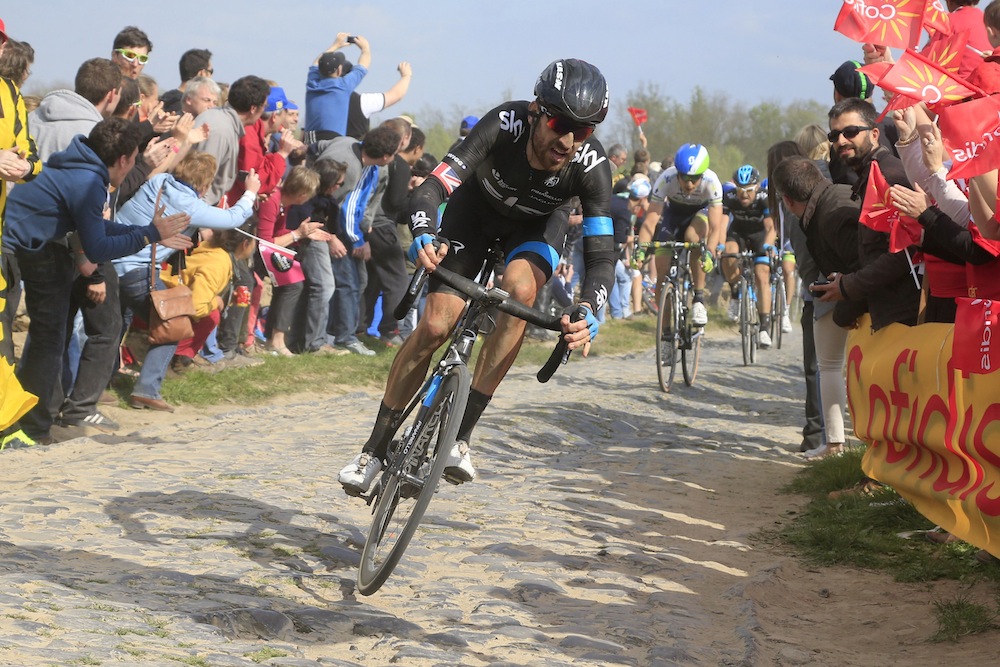
Perfect fit
As cobblestones make Paris-Roubaix, no trophy fits better than this one. About 20 are made each year. The winner gets one to keep, as do the winners of the junior and under-23 races, and a few VIPs. They can even be commissioned but you have to have won to do that — Andrea Tafi, the 1999 winner, has a Roubaix cobble built into an arch in his house.
>>> Cancellara: Bradley Wiggins a serious contender for Paris-Roubaix
Since 2002 the trophies have been made by a stonemason from Orchies called Slosse Marbrerie. The cobbles are all taken from fields that surround the roads today, scattered there by the heavy bombing Northern France saw during World War I. A few surface each year, lifted by a farmer’s plough, and are then placed along the field edges.
Get The Leadout Newsletter
The latest race content, interviews, features, reviews and expert buying guides, direct to your inbox!
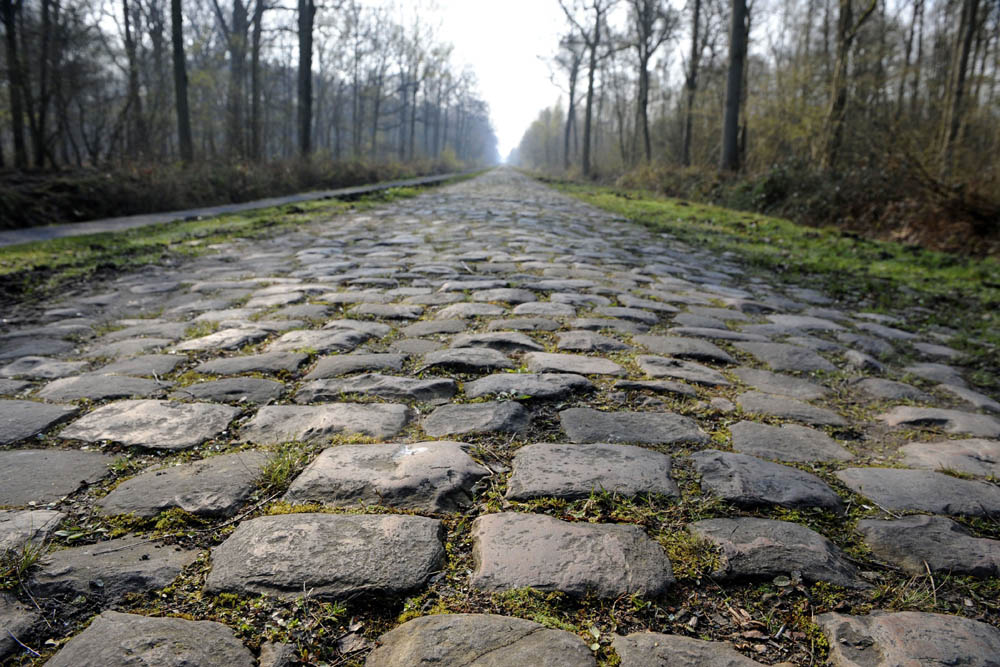
That’s where Bertrand Duhem of Slosse finds them. He takes the best stones to his workshop where master mason Jean-Jacques Allou prepares them. He makes a plinth out of local limestone called blue stone; it’s grey in the rough but blue when polished. The cobblestone is mounted on the plinth in the same condition it was in the road, just like those in the Arenberg Forest, the Carrefour de l’Arbre and all the other cobbled sections of this iconic race.

Thank you for reading 20 articles this month* Join now for unlimited access
Enjoy your first month for just £1 / $1 / €1
*Read 5 free articles per month without a subscription

Join now for unlimited access
Try first month for just £1 / $1 / €1

Chris has written thousands of articles for magazines, newspapers and websites throughout the world. He’s written 25 books about all aspects of cycling in multiple editions and translations into at least 25
different languages. He’s currently building his own publishing business with Cycling Legends Books, Cycling Legends Events, cyclinglegends.co.uk, and the Cycling Legends Podcast
-
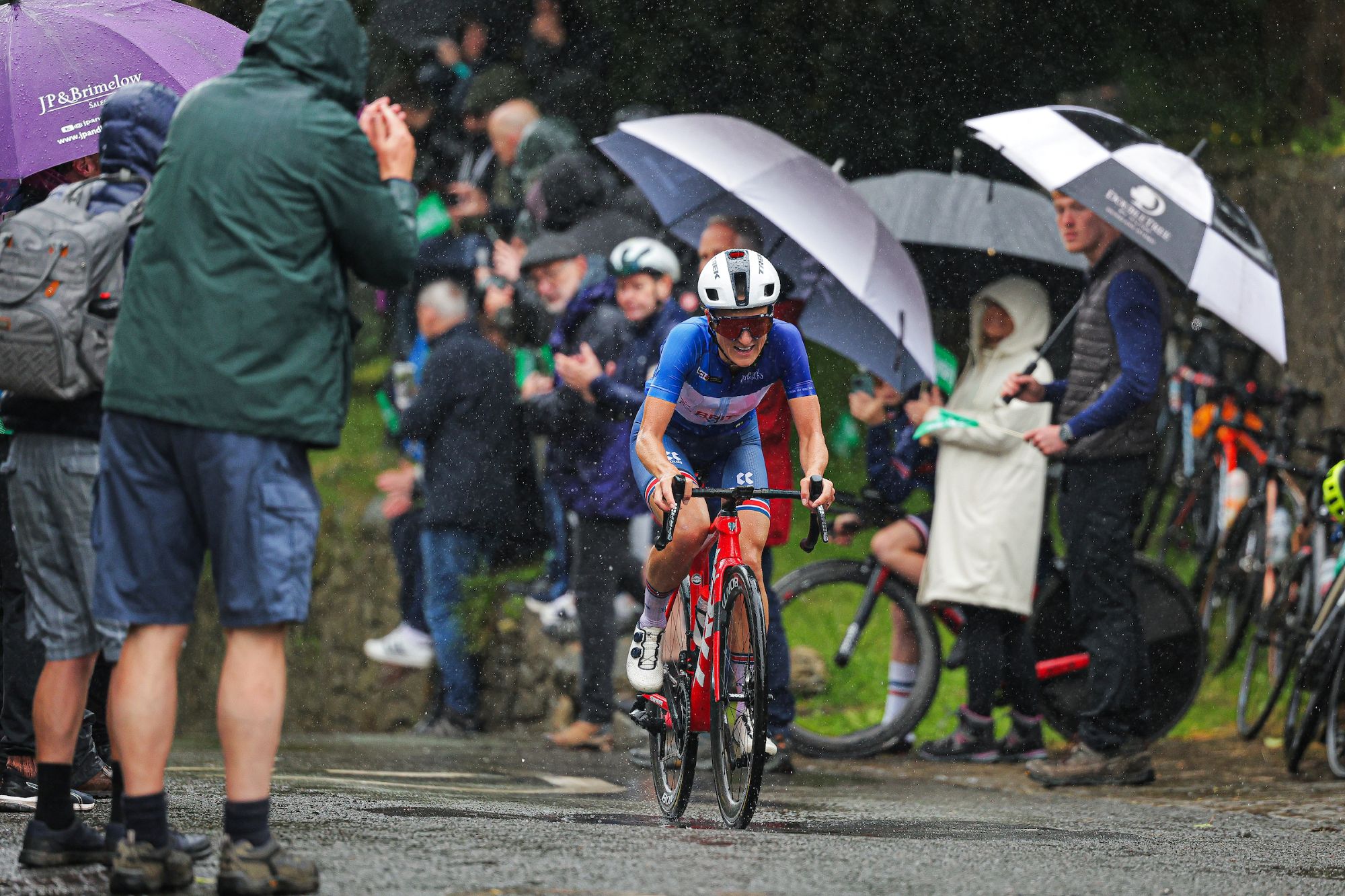 FDJ-Suez, SD Worx-Protime, Lidl-Trek confirmed for Tour of Britain Women as strong list of teams announced
FDJ-Suez, SD Worx-Protime, Lidl-Trek confirmed for Tour of Britain Women as strong list of teams announced18 teams set to take part in four-day WorldTour stage race
By Tom Thewlis
-
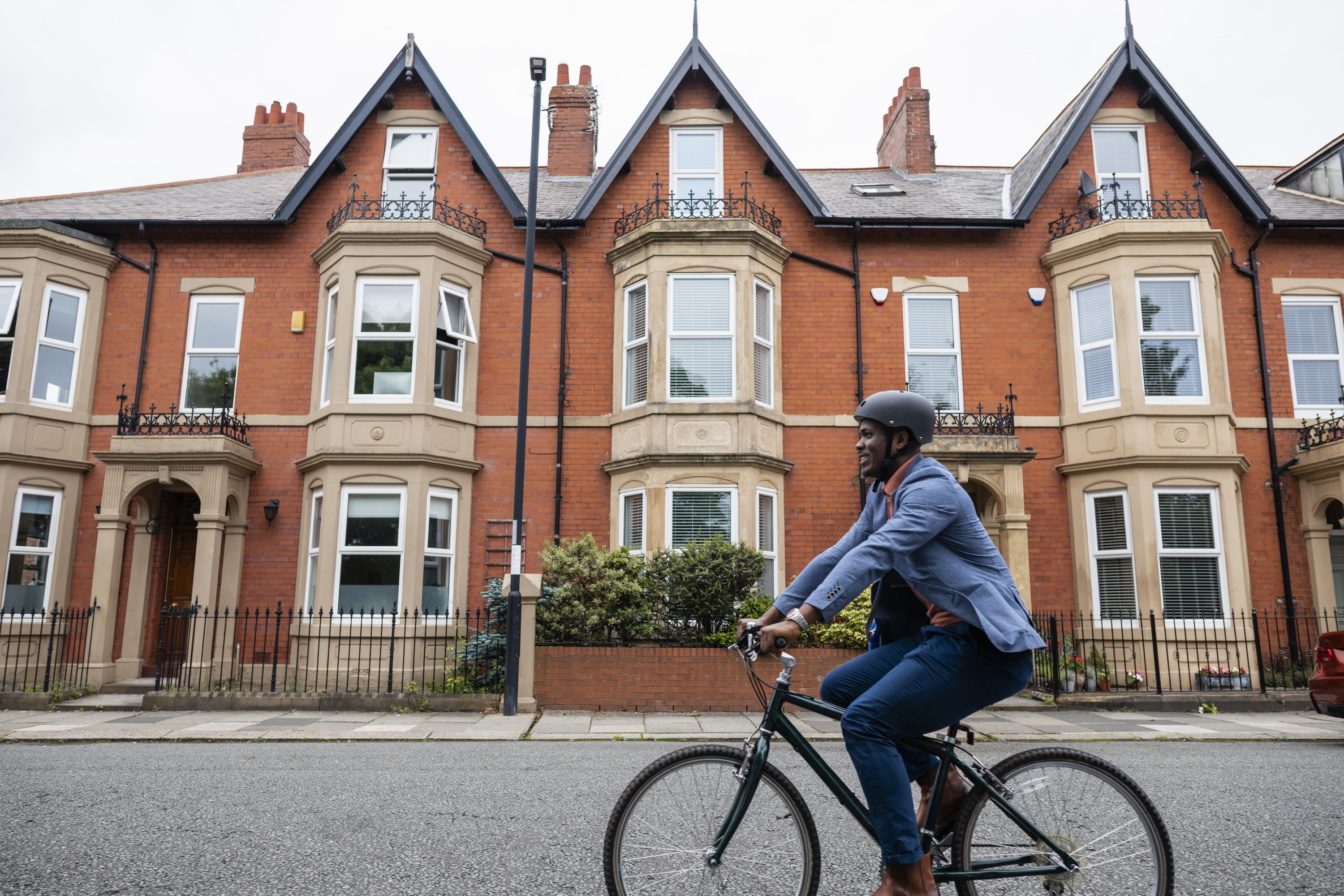 Cyclists could face life sentences for killing pedestrians if new law passed in England and Wales
Cyclists could face life sentences for killing pedestrians if new law passed in England and WalesReckless cycling currently carries a maximum two-year jail term
By Tom Thewlis
-
 Man hands himself in to Belgian police after throwing full water bottle at Mathieu van der Poel during Paris-Roubaix
Man hands himself in to Belgian police after throwing full water bottle at Mathieu van der Poel during Paris-Roubaix30-year-old was on Templeuve-en-Pévèle cobbled sector when television pictures showed the bottle hitting him in the face
By Tom Thewlis
-
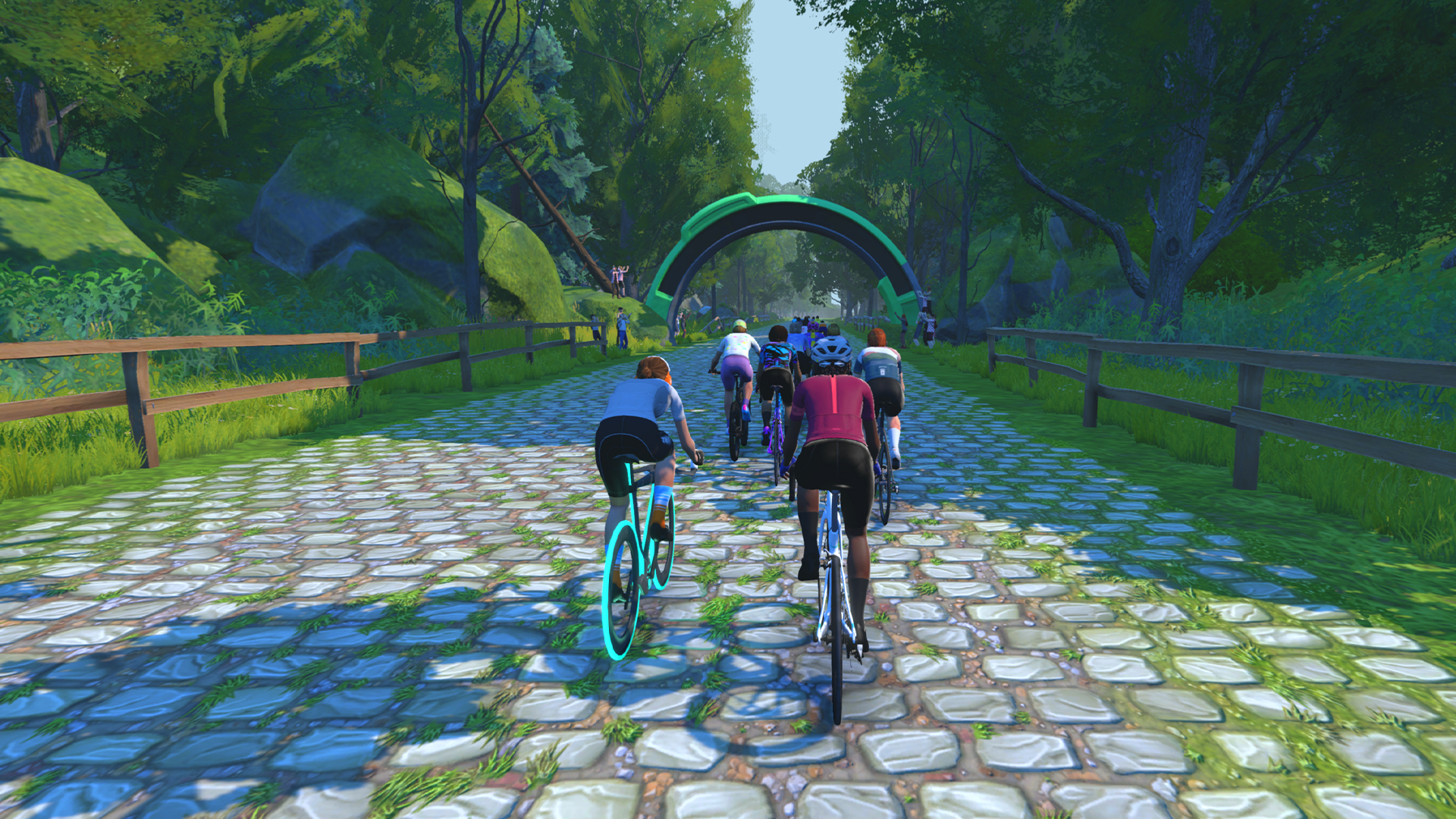 I rode Zwift’s new Paris-Roubaix route - how hellish was it?
I rode Zwift’s new Paris-Roubaix route - how hellish was it?The Hell of the North route has added virtual cobbles to the virtual training and racing platform
By Stephen Shrubsall
-
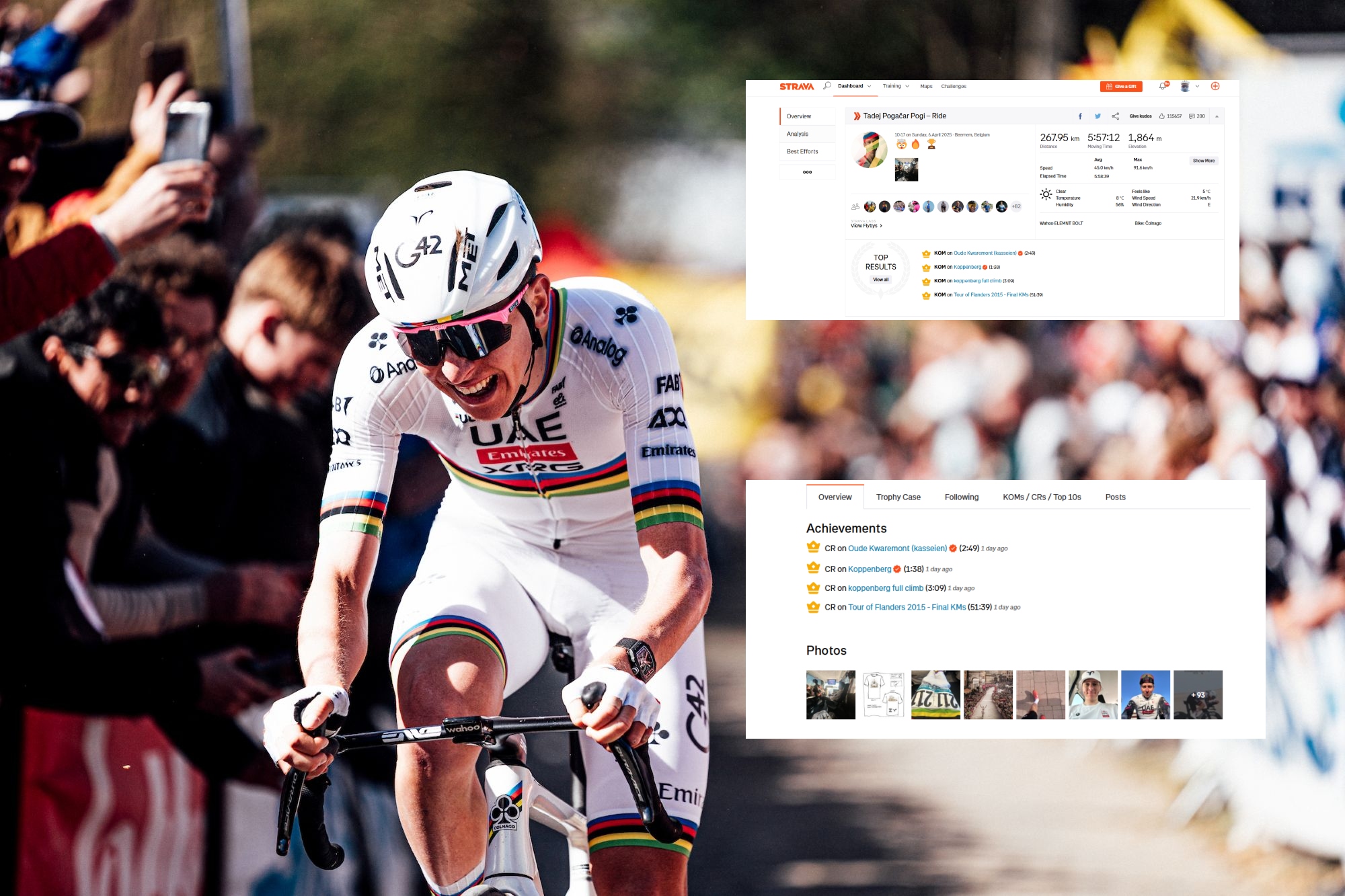 Tadej Pogačar bags handful of Strava KOMs in Tour of Flanders onslaught
Tadej Pogačar bags handful of Strava KOMs in Tour of Flanders onslaughtSlovenian tops the leaderboards on several verified segments but does not get flagged for efforts
By Tom Thewlis
-
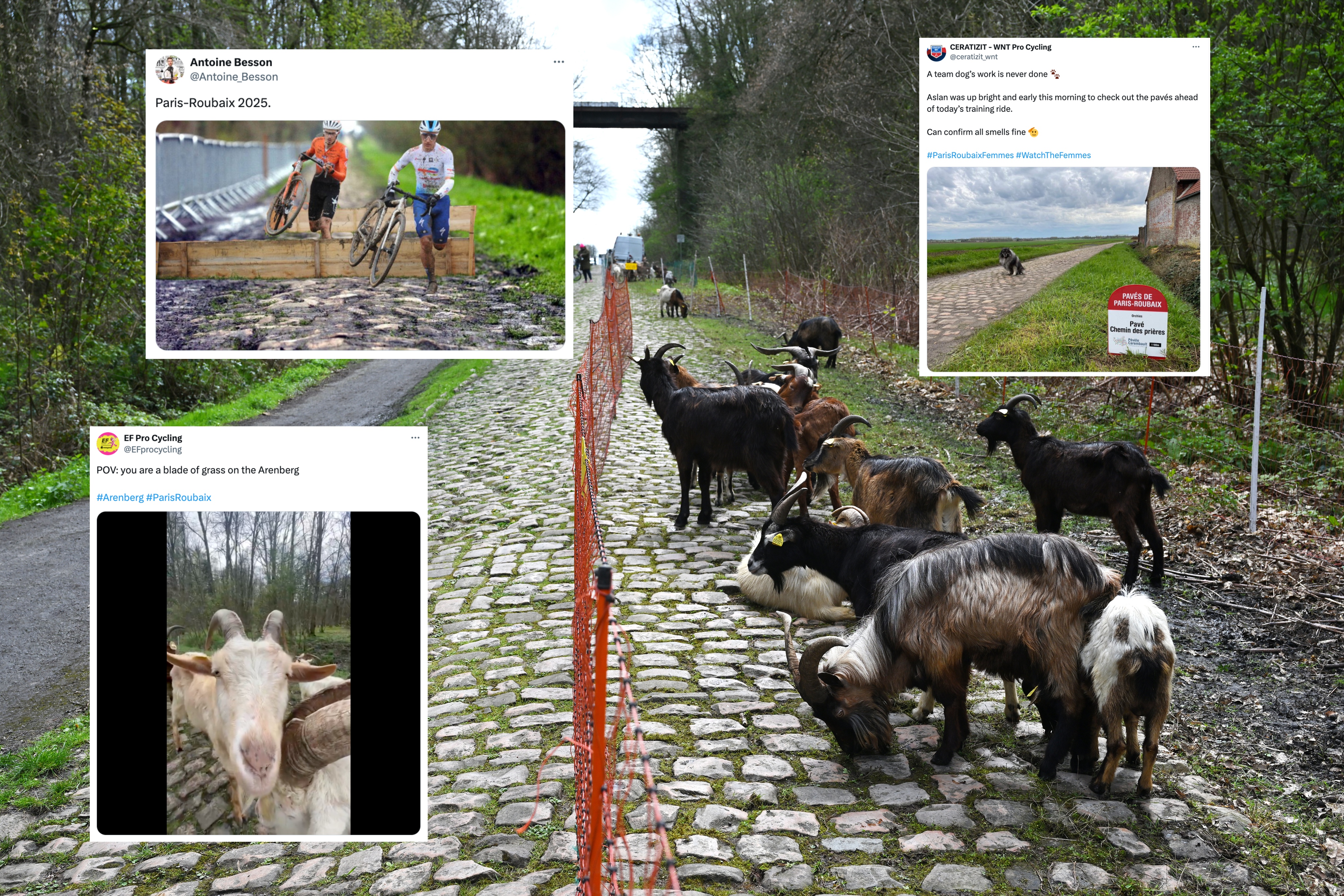 Tweets of the week: Forget the cobbles, Paris-Roubaix is now all about goats and chicanes
Tweets of the week: Forget the cobbles, Paris-Roubaix is now all about goats and chicanesIt's a Hell of the North special in this week's social media round-up
By Tom Davidson
-
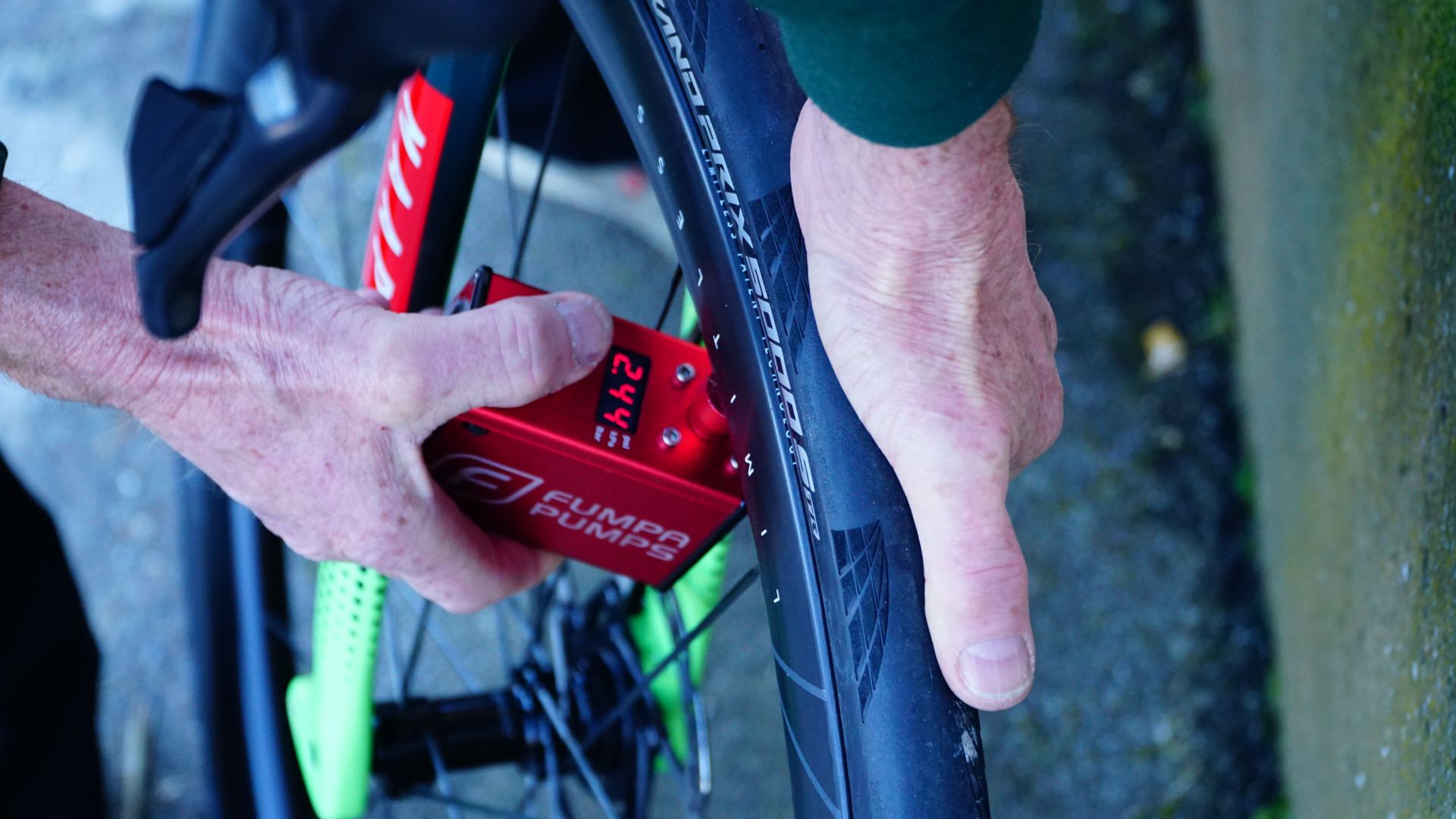 37psi in 32mm tyres: Why tyre pressures are getting lower at Paris-Roubaix
37psi in 32mm tyres: Why tyre pressures are getting lower at Paris-RoubaixAs wider tyres become commonplace, riders are running lower pressures at the Hell of the North
By Tom Davidson
-
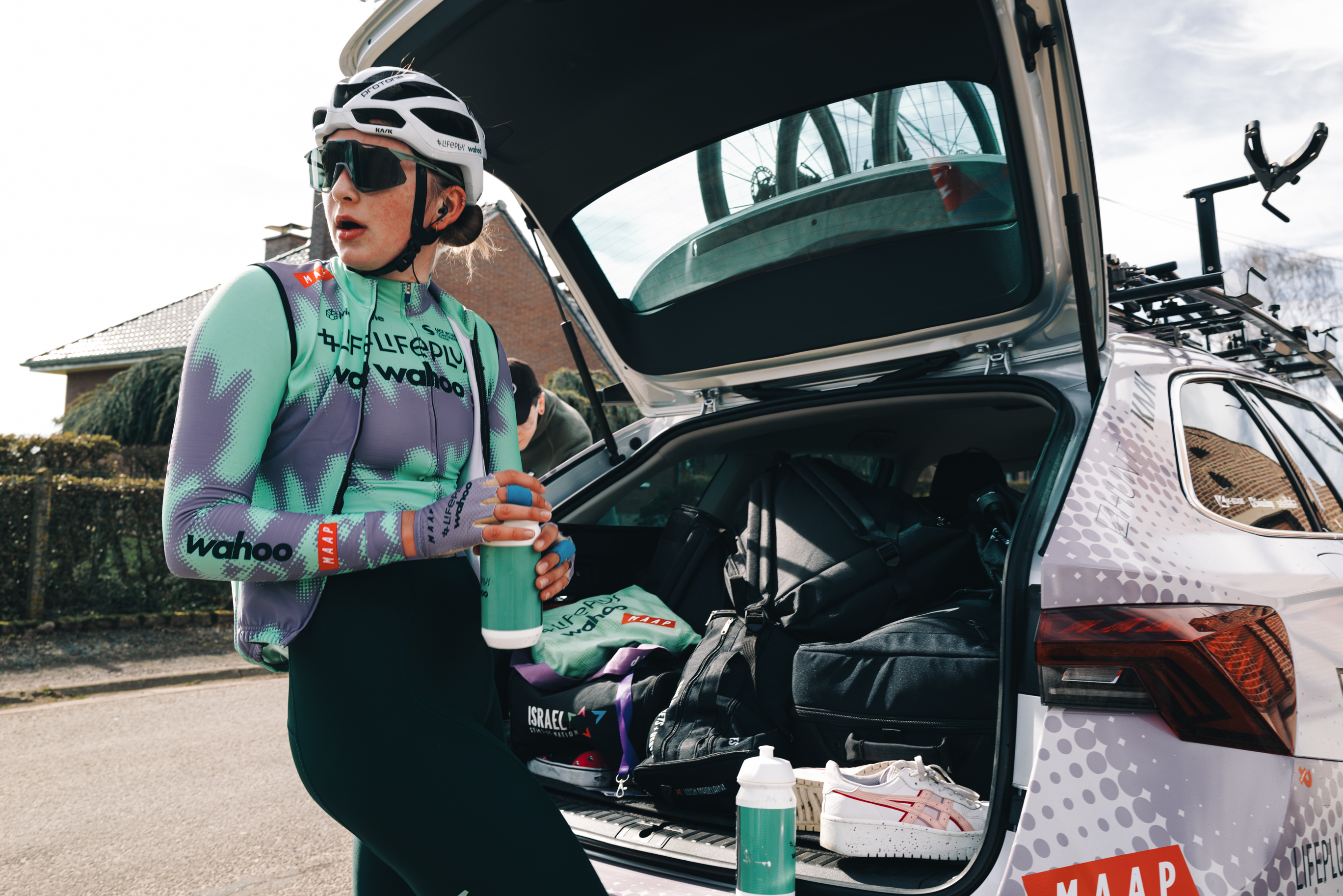 'I've never seen the cobbles as bad as this' - Inside one team's Paris-Roubaix recon
'I've never seen the cobbles as bad as this' - Inside one team's Paris-Roubaix reconTom Davidson joins British Continental team Lifeplus-Wahoo as they prepare for the most feared race of the season
By Tom Davidson
-
 'I never wanted to be known as the TikTok cyclist' - how Alison Jackson wrote her legacy at Paris-Roubaix
'I never wanted to be known as the TikTok cyclist' - how Alison Jackson wrote her legacy at Paris-RoubaixThe Canadian tells Cycling Weekly how a day across the cobbles of northern France changed her career
By Tom Davidson
-
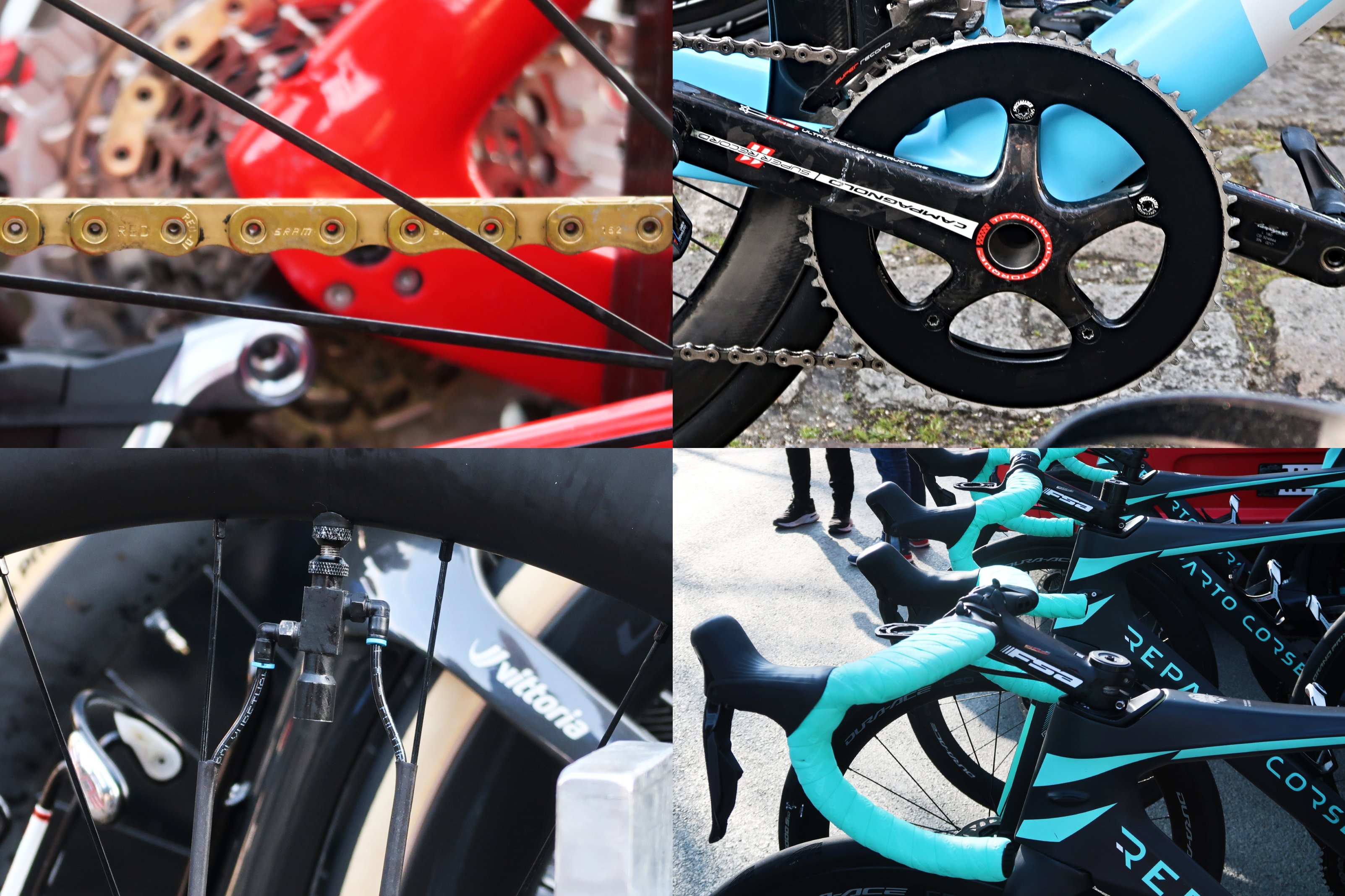 Seven tech insights spotted at Paris-Roubaix 2023
Seven tech insights spotted at Paris-Roubaix 2023From tyre pressure systems to old-school chainrings, here's what Cycling Weekly saw at the race
By Tom Davidson